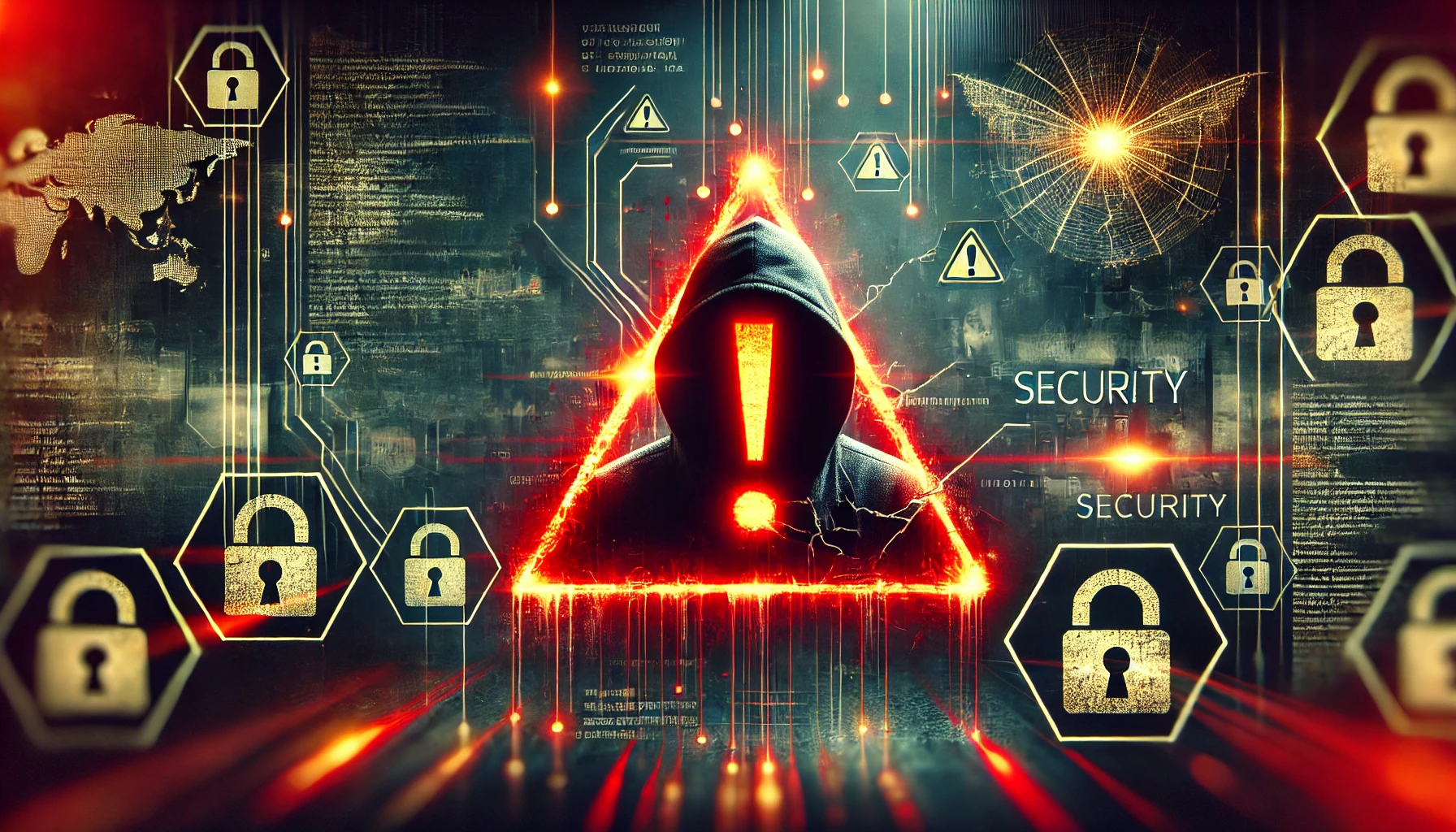Ransomware has emerged as one of the most pervasive and damaging cyber threats in recent years. This type of malicious software encrypts a victim’s files, rendering them inaccessible, and demands a ransom payment to restore access. The rise of attacks has raised significant concerns among individuals and organizations alike, making it imperative to understand how ransomware works, the steps to prevent it, and the appropriate response if an attack occurs.
In this article, we will delve into the various aspects of ransomware, including its history, methods of operation, prevention strategies, and recovery options. Understanding these elements is crucial for anyone who uses technology in today’s digital landscape.

What is Ransomware?
is a type of malware that encrypts files on a victim’s computer or network, effectively locking users out of their data. Once the files are encrypted, the attackers typically display a ransom note, instructing the victim on how to pay the ransom, often in cryptocurrency, to regain access to their files. can affect individuals, businesses, and even government entities, leading to substantial financial losses and operational disruptions.
Types of Ransomware
can be categorized into several types, including:
- Crypto Ransomware: This type encrypts files on the victim’s system, making them inaccessible. The attackers demand a ransom in exchange for the decryption key.
- Locker Ransomware: Rather than encrypting files, locker ransomware locks users out of their devices entirely, rendering the system unusable until the ransom is paid.
- Scareware: This type of ransomware does not encrypt files but rather displays fake alerts, claiming that the user’s system is infected. It demands payment to remove the non-existent threat.
- Ransomware-as-a-Service (RaaS): This model allows cybercriminals to rent tools to conduct attacks, making it easier for less technically skilled individuals to launch ransomware campaigns.
The History of Ransomware
is not a new phenomenon; it has evolved significantly over the years. The first known ransomware attack occurred in 1989 with the «AIDS Trojan,» which encrypted files on a floppy disk and demanded payment to restore access. However, it wasn’t until the rise of the internet and cryptocurrencies that became a major threat.
In 2013, the CryptoLocker attack marked a turning point, as it targeted both individuals and businesses and leveraged Bitcoin for ransom payments. Since then, numerous high-profile attacks have made headlines, including the WannaCry and NotPetya outbreaks in 2017, which caused widespread damage across various sectors, including healthcare and transportation.
How Ransomware Works
typically spreads through phishing emails, malicious downloads, or exploit kits. Once it infects a system, it may follow these steps:
- Infection: The user unwittingly downloads the ransomware through a malicious link or attachment in a phishing email.
- Encryption: The ransomware begins to encrypt files on the infected system, targeting specific file types such as documents, images, and databases.
- Ransom Note: Once the encryption process is complete, the ransomware displays a ransom note, informing the victim of the attack and providing instructions for payment.
- Payment: Victims are often pressured to pay the ransom within a limited time frame, with threats of permanent data loss if the ransom is not paid.
Prevention Strategies
Preventing attacks requires a multi-layered approach. Here are some effective strategies to mitigate the risk:
- Regular Backups: Regularly back up important data and store it in a secure location, preferably offline. This ensures that, in the event of a attack, you can restore your files without paying the ransom.
- Update Software: Keep your operating system and software applications updated with the latest security patches. Cybercriminals often exploit vulnerabilities in outdated software to deploy ransomware.
- Use Antivirus Software: Install and regularly update antivirus software that includes anti-ransomware features. This can help detect and block before it can infect your system.
- Employee Training: Conduct regular training sessions for employees to recognize phishing attempts and other suspicious activities. An informed workforce is a critical line of defense against ransomware attacks.
- Limit User Privileges: Implement the principle of least privilege by limiting user access to only the files and systems necessary for their roles. This reduces the potential impact of a attack.
- Network Segmentation: Segment your network to contain potential infections. This prevents the malware from spreading across the entire network if a single device is compromised.
- Implement Email Filters: Use email filtering solutions to identify and block phishing emails and malicious attachments before they reach users’ inboxes.
Response to a Ransomware Attack
If you find yourself a victim of a attack, it’s crucial to respond quickly and effectively. Here are the steps to take:
- Isolate the Infected System: Disconnect the infected device from the network to prevent the ransomware from spreading to other systems.
- Do Not Pay the Ransom: While paying the ransom may seem like the easiest solution, it does not guarantee that you will regain access to your files. It may also encourage further attacks.
- Report the Attack: Notify law enforcement agencies about the attack. Providing them with information may help track down the perpetrators and prevent future attacks.
- Assess the Damage: Determine the extent of the damage and identify which files have been affected. This will help you prioritize your recovery efforts.
- Restore from Backups: If you have reliable backups, restore your files from them. Ensure that the backups are free of ransomware before restoring.
- Seek Professional Help: Consider consulting cybersecurity experts who specialize in ransomware recovery. They can help assess the situation and implement measures to prevent future attacks.
- Review Security Measures: After recovering from the attack, review your security protocols and implement additional measures to strengthen your defenses against future threats.
Conclusion
is a growing threat that poses significant risks to individuals and organizations alike. By understanding how ransomware works, implementing robust prevention strategies, and knowing how to respond to an attack, you can protect yourself and your data from this insidious form of cybercrime.
As technology continues to evolve, so do the tactics used by cybercriminals. Staying informed about the latest trends and maintaining a proactive approach to cybersecurity are essential for safeguarding your information in today’s digital landscape.
For further information and resources and cybersecurity, you can visit the Federal Bureau of Investigation (FBI) and Cybersecurity & Infrastructure Security Agency (CISA).


